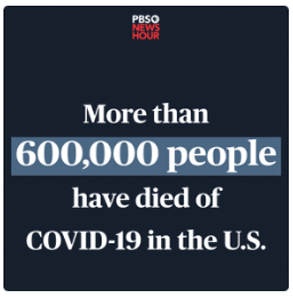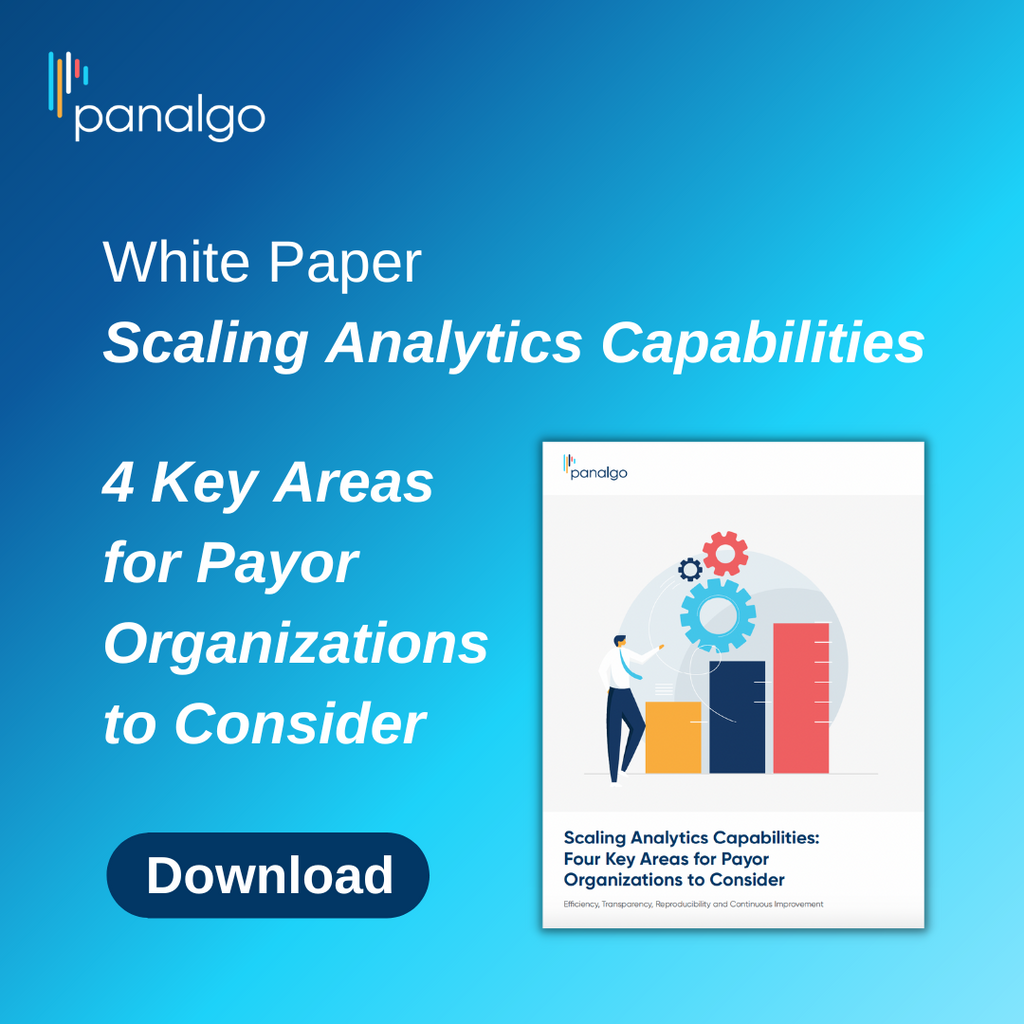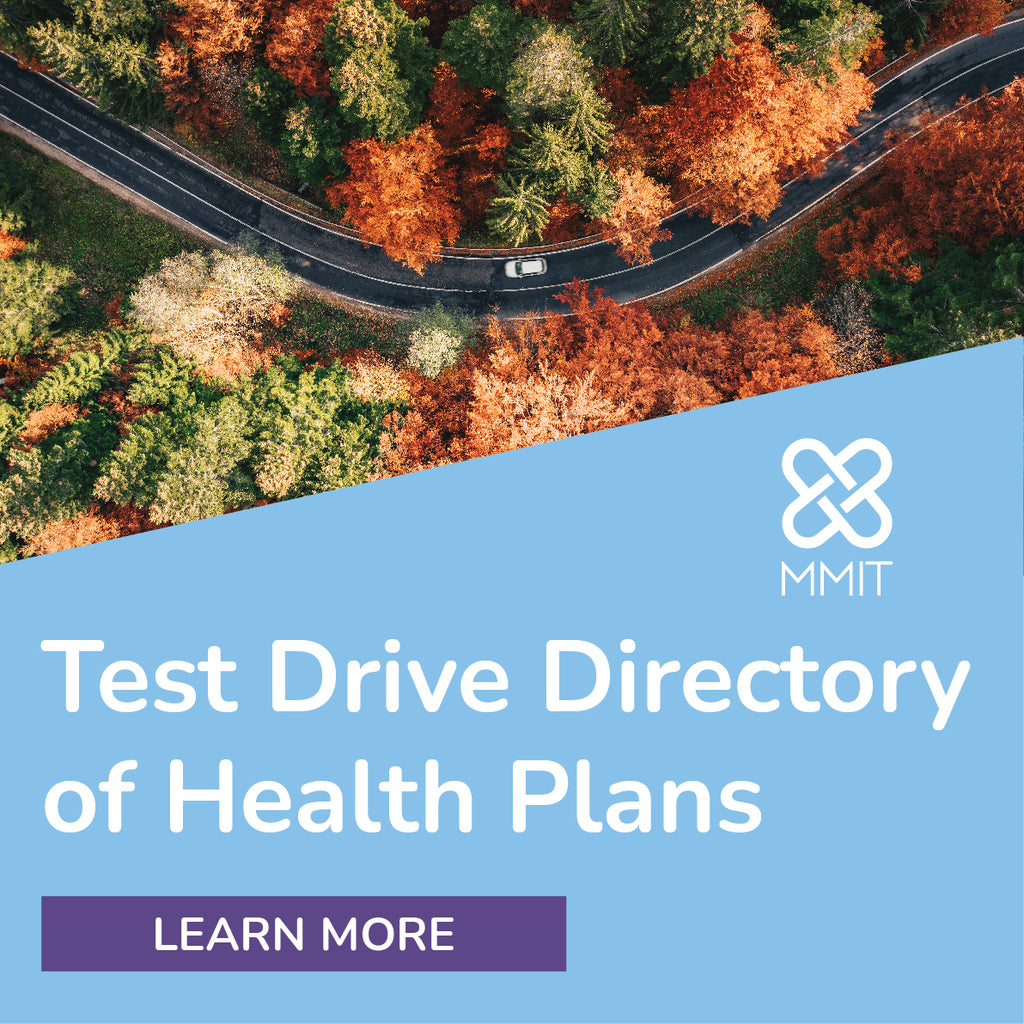Radar on Medicare Advantage
-
Medicare Advantage Plans Face Stiff Test in Twin-Power Dialysis Market
Overwhelming consolidation in the dialysis provider market, dominated nationally by two organizations, may have a chilling effect on the financial health of some Medicare Advantage plans, which hold limited negotiating power barring regulatory reform, says a new study.
Since the 21st Century Cures Act loosened enrollment rules in 2021, allowing more patients with a previous diagnosis of end-stage renal disease (ESRD) to join Medicare Advantage, plans have witnessed a significant shift. More than 40,000 fee-for-service (FFS) Medicare members with ESRD switched to an MA plan during the first Annual Election Period under the new policy, according to the consultancy Avalere.

-
Medicare Advantage Plans Pay Higher Prices Than CMS for Dialysis Care
A new study published in Health Affairs urged government leaders to limit market consolidation among the largest dialysis providers as more and more seniors choose Medicare Advantage over fee-for-service (FFS) Medicare. Analyzing 2016 and 2017 outpatient Medicare claims data, the study authors found that MA organizations paid inflated costs for dialysis services compared to what FFS Medicare would have paid, especially to large national dialysis organizations — where the majority of patients receive treatment. Notably, MA plans’ median cost for in-network hemodialysis (the most common form of the therapy) was $301, which was markedly higher than the $232 median cost for out-of-network treatments. Findings were similar for peritoneal dialysis, the less common form of dialysis.
-
News Briefs: Quality Bonus Payments Issued to MA Plans Since 2015 Exceed $49B
The federal government this year will distribute at least $10 billion in quality bonus payments to Medicare Advantage plans for a total of more than $49 billion in payments since the star ratings bonus program was implemented in 2015. The level of bonuses has increased as MA enrollment has grown each year, with roughly two-thirds of bonuses going to individual plans, although the bonuses per enrollee are highest for employer plans, according to a new report from the Kaiser Family Foundation (KFF). More than three-quarters of MA enrollees are in plans that will receive bonus payments in 2022, down slightly from an all-time high of 80% in 2021, observed KFF. MA market leader UnitedHealthcare will receive the largest sum of payments — $2.8 billion — in 2022, added KFF. Meanwhile, a separate KFF analysis found that the share of eligible Medicare beneficiaries enrolled in MA has risen from 19% in 2007 to 48% this year.
-
Part D Changes in Inflation Reduction Act Could Lead to Tighter Formulary Management
In a major win for Democrats facing midterm elections in the fall, the Biden administration this month passed the Inflation Reduction Act, a $430 billion-plus spending package that contained some of the president’s key priorities for climate, drug pricing and tax reform. While the legislation made headlines for allowing Medicare to negotiate the prices of certain drugs, industry experts say it’s changes to the Medicare Part D program that have the greatest potential to save seniors money and to force plans to rethink their management of the drug benefit.
The Inflation Reduction Act of 2022 (H.R. 5376) passed along party lines in both chambers and was signed into law on Aug. 16. It includes $369 billion to fight climate change, imposes a 15% corporate minimum tax and extends enhanced Affordable Care Act subsidies for another three years. Notable among the other health care provisions, the law requires CMS to negotiate the prices of prescription drugs, starting in 2026 with 10 Part D-covered drugs (including highest cost drugs and biologic agents, excluding “small biotech drugs” and certain orphan drugs to treat only one rare disease or condition). That number will increase to 15 in 2027 and 2028 — when Part B covered drugs may be included in the list of drugs subject to negotiation — and will rise to 20 agents in 2029 and beyond.

-
Teasing 2023 Expansions, Regional MA Insurers Eye Competitive Texas Market
As Medicare Advantage insurers gear up to compete for enrollment during the 2023 Annual Election Period (AEP) that begins on Oct. 15, a handful of companies have already unveiled service area expansions that are pending CMS approval. Several of them named new territories in Texas, where some 4 million Medicare beneficiaries reside.
According to DHP data from both the AEP and the three-month Open Enrollment Period that follows on Jan. 1, UnitedHealthcare dominated both periods and grabbed 45.1% of the overall OEP gains, followed by CVS Health Corp.’s Aetna and Centene Corp. But two other major insurers — Cigna Corp. and Humana —were notably missing the list of top gainers, despite investments in their MA segments. Now, those companies are taking steps to make up for the lackluster enrollment they experienced in 2022.












